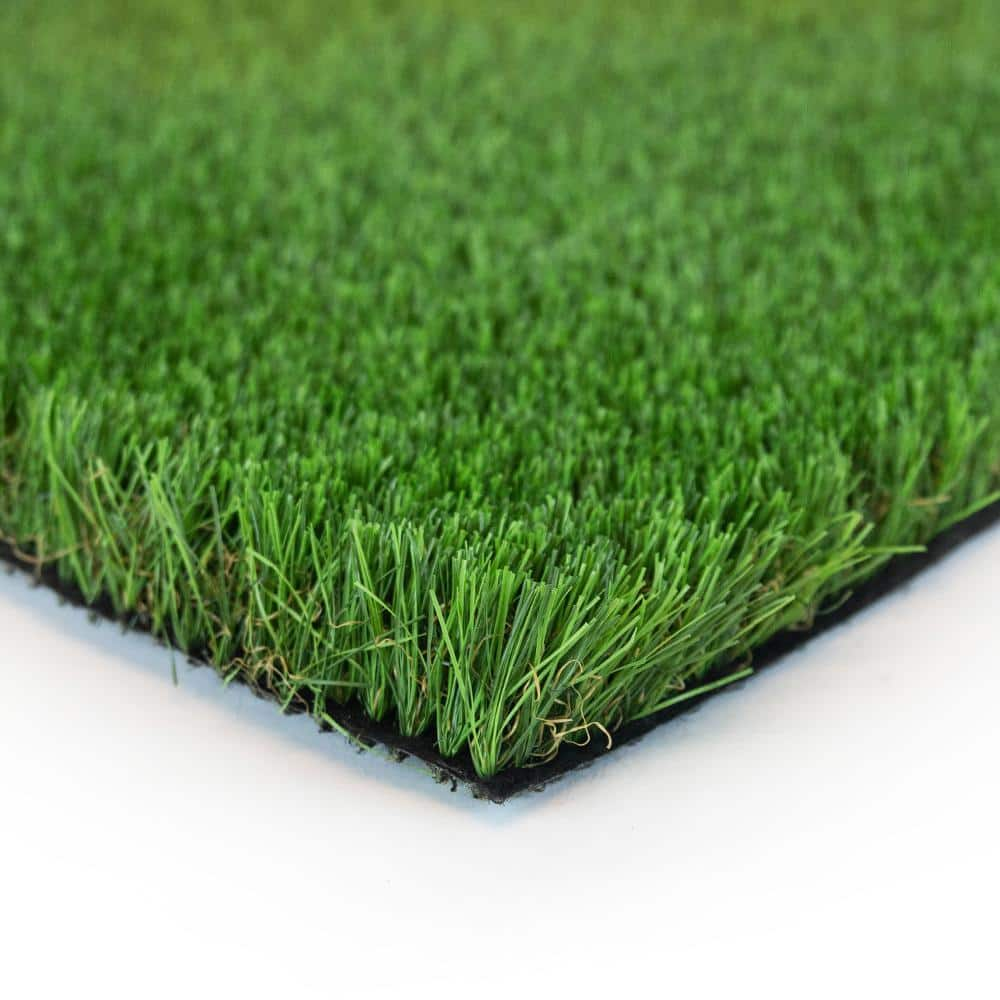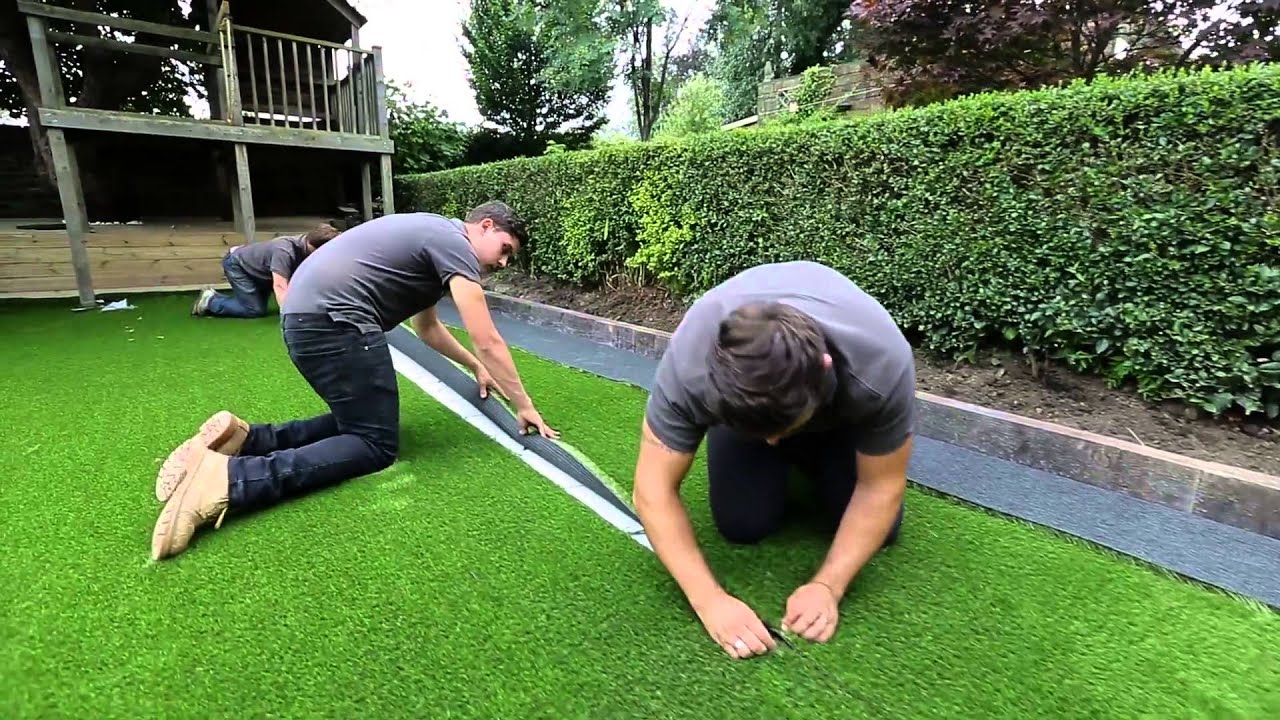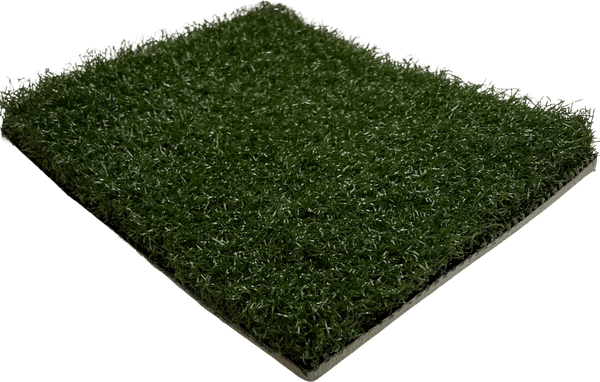Top Phoenix Turf Companies Providing Superior Synthetic Grass Options
Top Phoenix Turf Companies Providing Superior Synthetic Grass Options
Blog Article
See Why Homeowners Prefer Artificial Turf for Sustainable Landscape Design Practices
As house owners significantly focus on sustainability in landscaping, synthetic grass has actually arised as a compelling option to conventional yard. What stays to be checked out is the complete scope of benefits that man-made lawn can offer to homeowners and the environment alike.
Water Preservation Benefits
One of one of the most substantial benefits of synthetic grass is its role in water preservation. Standard lawn yards require considerable quantities of water to preserve their lush look, typically resulting in overuse of neighborhood water resources, particularly in dry regions. In contrast, synthetic grass removes this need completely, as it does not require watering. This not just preserves water but additionally lowers the pressure on local water systems, especially during drought problems.
Furthermore, the installation of synthetic grass can add to a more sustainable landscape. House owners can substantially reduce their water expenses, enabling reallocation of resources to various other ecological campaigns or home usages. In addition, fabricated lawn is designed to withstand different weather conditions without the demand for extra watering, making it a perfect option for regions encountering water scarcity.
The environmental advantages expand beyond instant water cost savings. By decreasing water intake, man-made turf helps to mitigate the impacts of climate adjustment, maintaining crucial ecosystems that are intimidated by too much water removal. As lasting landscape design methods acquire traction, synthetic grass emerges as a responsible choice for property owners looking for to develop eco-friendly outdoor rooms.
Reduced Maintenance Initiatives
Synthetic grass dramatically minimizes maintenance initiatives contrasted to typical grass yards. With synthetic yard, homeowners can remove the lengthy jobs linked with all-natural landscaping, such as mowing, feeding, and weeding. This not just saves beneficial time yet likewise minimizes physical labor, making lawn treatment accessible for individuals of every ages.
Traditional grass require regular cutting to preserve an aesthetically pleasing height, whereas artificial lawn remains constantly rich without the need for reducing. Furthermore, house owners no longer need to use plant foods or pesticides, which are typically needed to keep natural lawn healthy and balanced.
Additionally, synthetic grass is resilient and resilient, calling for marginal upkeep beyond occasional brushing and rinsing to eliminate particles. This convenience of upkeep permits house owners to appreciate their outside spaces without the constant concern of maintenance, supplying even more time for leisure and household activities. Ultimately, the reduced upkeep efforts associated with synthetic grass make it an enticing option for those seeking a low-maintenance, aesthetically appealing landscape.

Environmental Influence Decrease
There is a growing recognition of the environmental benefits linked with synthetic lawn, specifically in regards to water conservation and minimized chemical use. Conventional grass require significant quantities of water, especially in drought-prone areas, leading to boosted pressure on neighborhood water sources. In comparison, artificial lawn eliminates the demand for watering, considerably decreasing water consumption and promoting sustainability.
In addition, traditional grass maintenance commonly involves the application of pesticides, herbicides, and plant foods, which can contribute to dirt and water contamination. Synthetic grass reduces this environmental risk by needing marginal maintenance and basically eliminating the requirement for hazardous chemicals. This not just enhances dirt health and wellness but additionally safeguards local environments from toxic drainage.
Additionally, the production of all-natural turf lawns commonly includes making use of nonrenewable fuel sources for cutting and landscape design tools, additional contributing to greenhouse gas emissions. By picking artificial lawn, home owners can considerably reduce their carbon footprint connected with grass treatment tasks.
Visual Allure and Flexibility
In addition to its environmental advantages, synthetic grass offers substantial visual charm and adaptability for landscape design. Property owners can accomplish a lavish, green look year-round, getting rid of the seasonal changes commonly related to all-natural turf. This constant aesthetic not only boosts the visual appeal of a property but likewise adds to a well-maintained and polished appearance.
In addition, man-made lawn is available in a variety of structures, shades, and styles, permitting customization to suit specific choices read review and design motifs - Phoenix turf companies. Whether made use of in residential gardens, commercial spaces, or leisure locations, it can effortlessly incorporate right into diverse landscaping styles, from modern minimalist to lavish exotic settings
The versatility of synthetic lawn extends past simple appearance; it can be installed in various places, consisting of roofs, patios, and even indoor rooms, producing opportunities for special landscape design solutions. Furthermore, it appropriates for an array of activities, from youngsters's backyard to pet-friendly environments, giving performance without endangering design.
Ultimately, the visual appeal and versatility of man-made lawn make it an appealing choice for home owners looking for sustainable landscaping solutions that do not compromise beauty for ecological obligation.

Long-Term Price Financial Savings
One of the most compelling advantages of synthetic grass is its capacity for long-term price financial savings. Unlike natural yard, which requires regular maintenance-- including mowing, watering, fertilizing, and parasite control-- fabricated grass considerably lowers these ongoing expenses. Home owners can conserve a considerable amount on water bills, specifically in areas where water shortage is a pushing problem. The removal of grass care solutions even more adds to economic cost savings, as there is no need for customized devices or labor.
Additionally, synthetic grass has a check my blog lifespan of 15 to 25 years, depending on its quality and use. This toughness lessens replacement costs, making it a more affordable choice over time. The first investment in fabricated lawn can usually be redeemed via the financial savings accrued over time.
While the in advance cost may appear higher contrasted to sod installation, the cumulative savings from decreased upkeep and water use typically outweigh these initial expenditures. Ultimately, the adoption of synthetic grass not just advertises a sustainable landscaping service however additionally provides home owners a financially find out here now wise alternative that straightens with long-term budgeting objectives.
Final Thought
Fabricated lawn emerges as a compelling alternative for sustainable landscaping, providing considerable benefits in water preservation, minimized upkeep initiatives, and decreased environmental impact. As communities increasingly focus on ecologically friendly practices, the fostering of fabricated grass represents a modern step toward attaining resilient and sustainable landscapes.
In addition, fabricated lawn is created to endure various weather problems without the requirement for extra watering, making it a suitable selection for regions encountering water shortage. (Phoenix turf companies)

Fabricated turf emerges as an engaging choice for sustainable landscape design, using substantial advantages in water conservation, decreased upkeep initiatives, and decreased ecological impact.
Report this page